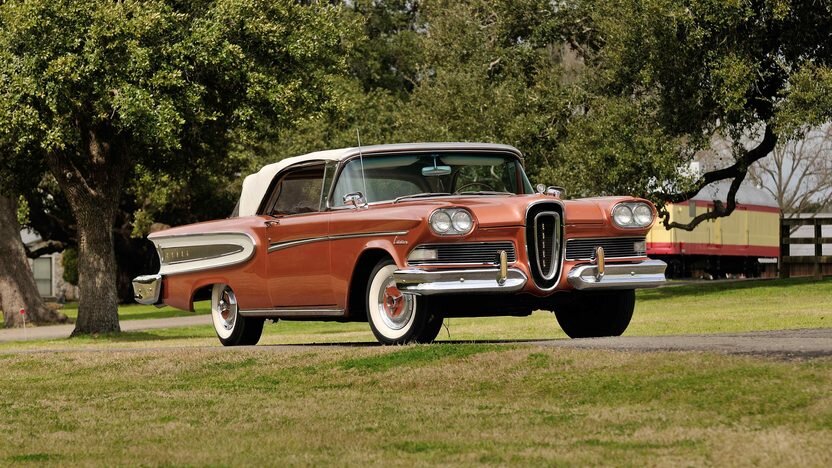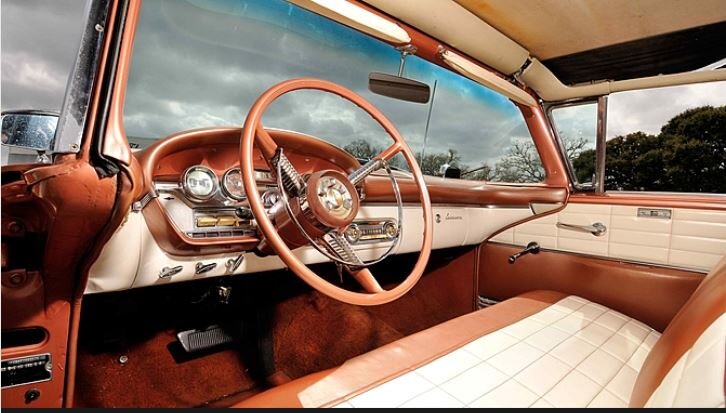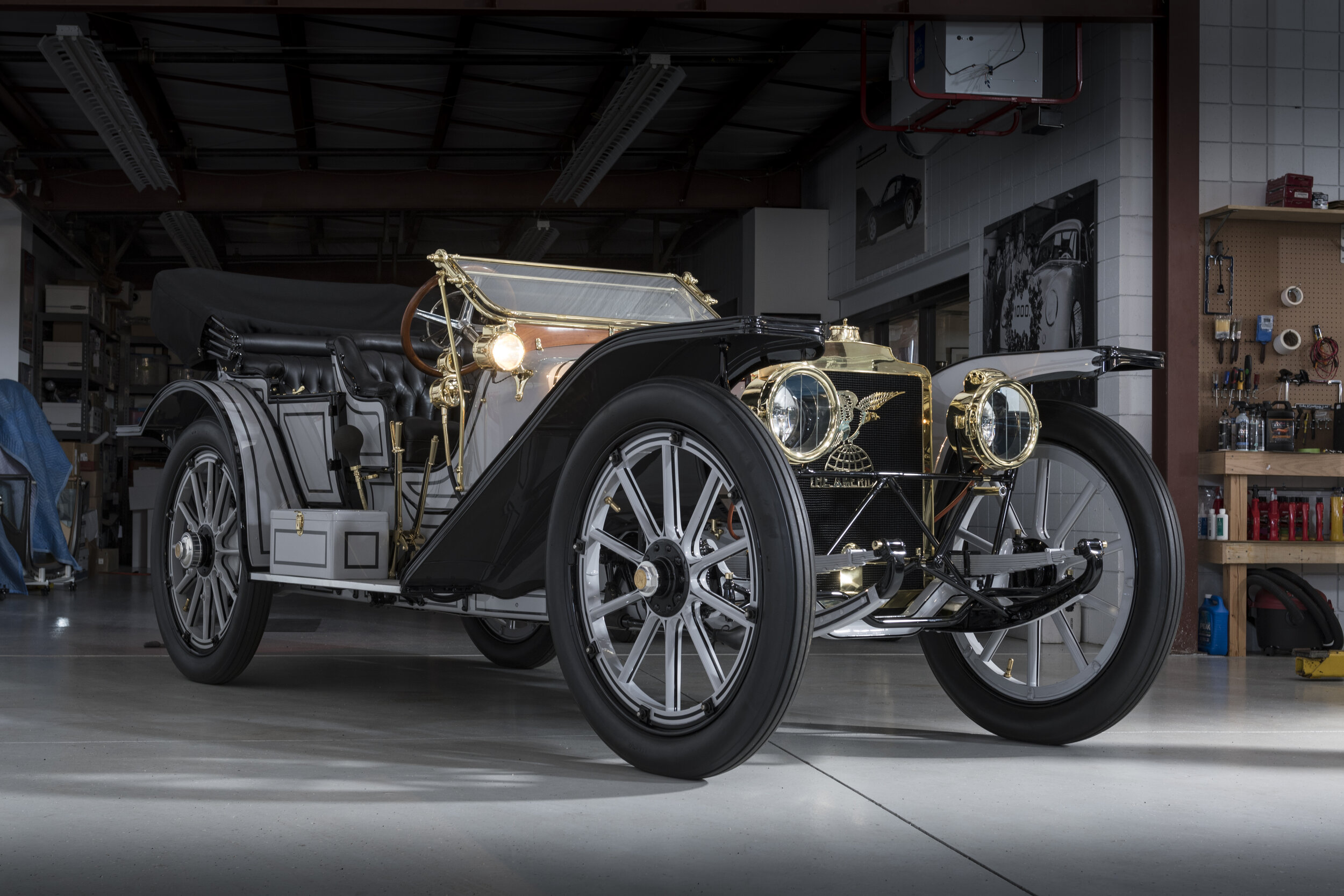1958 Edsel Citation E475




Lights: Quad Headlight Tungsten Filament
With a massive marketing campaign and a physical size to match, the Edsel Citation was set to be the next great advancement from the Ford Motor Company. While it wasn’t as successful as the Mustang that came a few years later, the Edsel represents the best of 1950’s design, and a peek into the future of headlight technology.
In the late 1950s, automobile manufacturers and the government sought alternatives to the single 7-in. round sealed beam headlights that were commonplace on all vehicles. Several companies began designing cars with newly-allowed 5 ¾-in. quad headlights. These were either placed on the car horizontally or stacked vertically, allowing the manufacturer to orient the low beam bulb on the outside on a horizontal set and the upper bulb on a vertical set, with the high beam bulb oriented on the inside on a horizontal set and the lower bulb on a vertical set. This headlight setup did not necessarily improve overall lighting, but it allowed manufacturers greater freedom in their designs. European manufacturers also experimented with quad headlights, even placing them in slanted positions. In 1958, quad headlights became legal in all US states - this wonderful 1958 Edsel Citation is a great example from that period.
This car is one of 644 convertible Edsel Citations produced in the Somerville Massachusetts plant. As with all Citations, it features extensive interior and exterior styling details including Teletouch steering wheel, push-button shifting and padded dash. Many selections from the options sheet include power steering, power brakes, Edsel bumper protectors and a Continental kit, among others.
Despite its very publicized introduction into the market and the approximately $250 million dollars Ford invested in its development, the Edsel was not as successful as Ford executives had hoped and production was cut short after only three model years.
The Edsel was a division of the Ford Motor Company that designed and produced cars from 1958–1960. Ford invested in a very costly marketing campaign announcing that the Edsel was the car of the future. The company’s goal was to lessen the gap between itself and General Motors in the domestic American automotive market by enlarging its presence in the upper mid-priced market, where Buick was positioned.
The Edsel offered several features that were considered innovative for the time, including its rolling-dome speedometer and its push-button Teletouch transmission shifting system in the center of the steering wheel. The most memorable design feature was its trademark ‘horse collar’ (or derogatorily ‘toilet seat’) grille, which was quite distinct from other cars of the period. The base price was a high $3,766, even before adding an enormous number of available options.
Other Edsel design innovations included: ergonomically-designed controls for the driver, self-adjusting brakes, seat belts (which were available as optional equipment on many other makes), and child-proof rear door locks. On September 4, 1957 the Edsel finally debuted, even pre-empting The Ed Sullivan Show with The Edsel Show, featuring Bing Crosby and Frank Sinatra. The Edsel generated more showroom traffic on “E”-Day than any other automobile in history, with a 1959 Edsel Citation even making a brief cameo in an episode of Starsky & Hutch. Edsel offered 161 colors for 1958, and with the choice of either a single-, two- or three-tone paint scheme on the Citation, customers had, in theory, several million color combinations to choose from when ordering their new car.
Over the past five decades, the public opinion of the Edsel has changed dramatically, as many enthusiasts consider every surviving example a treasured classic.
Specifications:
1 of 930 produced
Copper Metallic and Frost White paint with matching interior
Engine: 410/345 HP E475 series V-8
Horsepower: 345 bhp at 4,600 RPM
Torque: 475 ft-lbs at 2,900 RPM
Transmission: 3-Speed Automatic
Weight: 4500lbs
Lights: Quad Headlight Tungsten Filament


















